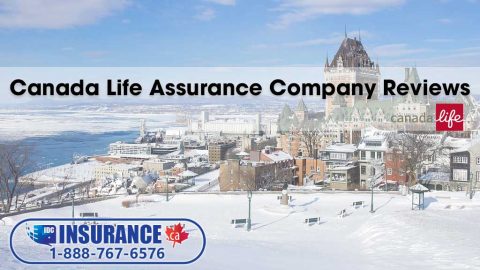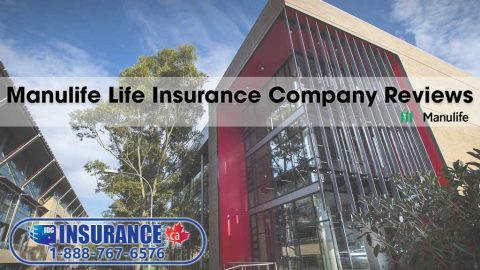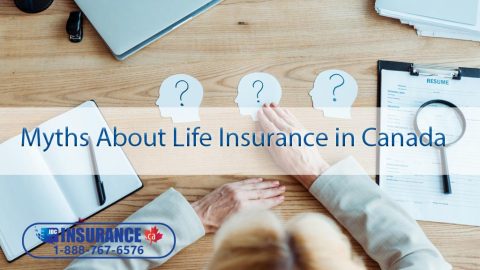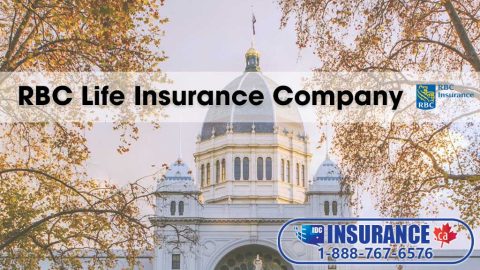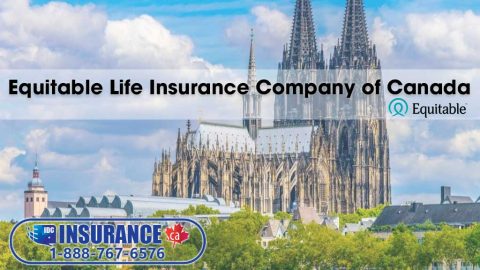Permanent life insurance refers to policies that remain in effect for the entirety of the insured’s life.
Many Canadian families and individuals prioritize permanent life insurance for financial planning purposes.
This comprehensive guide provides an extensive overview of permanent life insurance, including detailed explanations of policy types, recommendations for consumers, and expert insights for insurance advisors.
What is Permanent Life Insurance?
Permanent life insurance provides lifelong protection as long as premiums continue to be paid on time. It also contains a cash value savings component that grows on a tax-deferred basis.
The primary advantages of permanent life insurance are:
Lifelong death benefit – Unlike term insurance, the payout is guaranteed for life.
Cash value growth – The savings portion earns interest and provides potential borrowing options.
Stable premiums – Costs remain consistent compared to rising term insurance rates.
Tax benefits – Cash value growth and death payouts are income tax-free.
Permanent life insurance policies have a higher cost than term insurance policies because they offer coverage that never expires, but they come with unique benefits for estate planning, business needs, and lifelong protection.
What Are the Different Types of Permanent Life Insurance?
There are several varieties of permanent life insurance policies available to Canadian consumers:
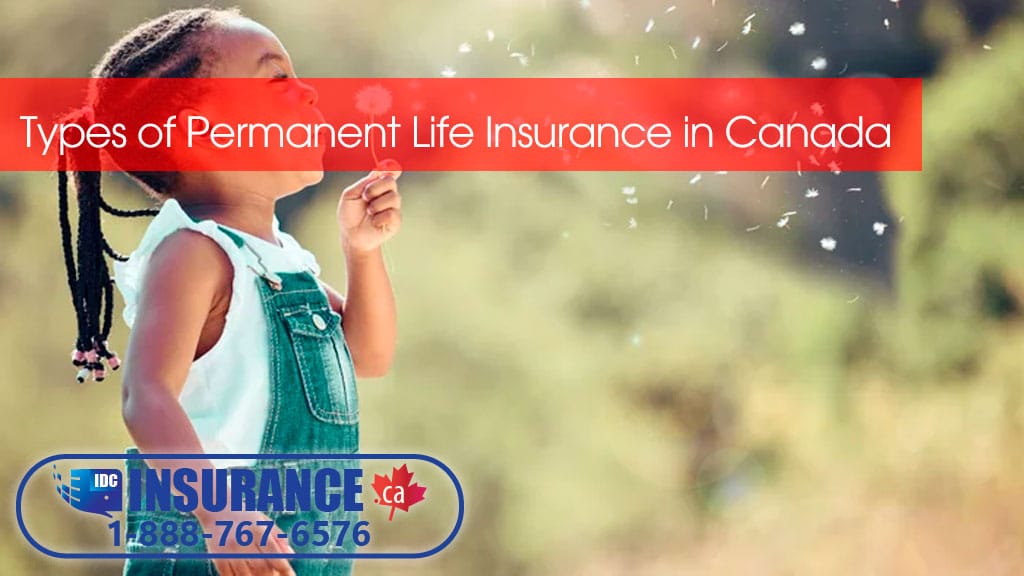
Whole Life Insurance
Whole life insurance offers guaranteed level premiums, death benefit amounts, and interest rates for accumulating cash value over the life of the policy (Source 2).
Since the policy values are predetermined, whole life provides maximum predictability. Premiums are based on your age when the policy starts and remain the same until age 100 in most policies.
The cash value grows at a fixed interest rate outlined in the policy terms. Interest rates may range from 2% – 6% based on the insurer. The cash value of a policy can be borrowed against or withdrawn while the policyholder is alive.
Another benefit of whole life insurance is dividends. As a form of profit sharing, many insurers pay dividends that can reduce costs (Source 3).
Universal Life Insurance
Universal life insurance (UL) introduces more flexibility than whole life. Typically you can adjust your death benefit after issue, modify premium payments, and potentially select from investment account options for cash value growth (Source 4).
However, the increased flexibility also brings some uncertainty. The cash value interest rate fluctuates, internal costs can change, and additional premiums may be required to keep the policy active.
There are several types of universal life insurance available in Canada:
Guaranteed UL – Provides a minimum guaranteed interest rate on cash value.
Indexed UL – Interest rate tied to a market index like the S&P 500.
Variable UL – Cash value placed in investment subaccounts you select.
Final Expense Insurance
Final expense life insurance refers to smaller permanent policies meant to cover immediate burial and funeral costs. Coverage amounts usually range from $5,000 – $25,000.
These simplified issue policies have streamlined underwriting with no medical exams required. Approval is guaranteed, and people with health issues can qualify.
Survivorship Life Insurance
With survivorship (or second-to-die) life insurance, a death benefit is paid after the second insured person passes away. It is commonly owned by married couples and used for estate planning purposes (Source 6).
Compared to two individual permanent policies, survivorship insurance can provide cost savings, especially if one person is uninsurable. However, it pays nothing if one individual dies first.
How Does Permanent Life Insurance Differ from Term Life Insurance?
Permanent and term life insurance policies have distinct differences:
Coverage Duration
- Permanent insurance covers your entire life if premiums are paid.
- Term insurance covers a defined period, such as 10 or 20 years.
Premium Flexibility
- Permanent insurance features level, stable premiums.
- Term premiums start low but increase over time as you age.
Policy Guarantees
- Permanent policies guarantee coverage, premiums, and cash value terms.
- Term policies only guarantee coverage for the initial term period.
Cash Value
- Permanent insurance builds accessible cash value.
- Term insurance has no cash value.
Conversion Options
- Many term policies allow conversion to permanent insurance.
- Permanent policies cannot be converted to term insurance.
Here is a detailed comparison of permanent life insurance and term life insurance:
| Factor | Permanent Life Insurance | Term Life Insurance |
| Premium cost | Usually higher, but fixed for life | Lower initial cost, increases each renewal period |
| Length of coverage | Lifelong if premiums paid | Limited term period, commonly 10-30 years |
| Policy guarantees | Lifetime coverage and cash value guarantees | Only coverage guarantee during initial term |
| Cash value | Yes, grows on a tax-deferred basis | No cash value |
| Death benefit | Fixed payout, guaranteed if premiums paid | Guaranteed payout during initial term only |
| Uses | Lifelong protection needs like estate planning | Temporary needs like mortgages or income replacement |
| Conversion option | No conversion option | Frequently can convert to permanent policy later |
When Might Someone Want Permanent Life Insurance?
Permanent life insurance is well-suited for specific planning needs and life stages:
Young Families – Guaranteed insurance for final expenses and to cover minors until self-sufficient.
New Professionals – Income replacement until retirement and disability protection.
Middle Age – Supplemental retirement savings and inheritance for children.
Approaching Retirement – Estate planning and final expense funding.
Business Owners – Funding buy-sell agreements and continuity planning.
Individuals with Chronic Illness – Ensure insurability over a lifetime and access cash value for costs.
Permanent insurance works best for lifelong protection goals compared to temporary term life insurance. The accumulation of cash value can provide living benefits as well.
How much does permanent life insurance cost in Canada?
Term life insurance generally has lower premiums than permanent life insurance, but the premiums may increase over time.
On the other hand, permanent life insurance has higher premiums than term insurance, but these premiums remain fixed.
Average monthly costs for $250,000 of coverage are $180 for a 30-year-old woman and $300 for a 40-year-old man. Rates depend on age, health, gender, and other factors.
Source : What are the different types of permanent life insurance policies – iii.org
What Factors Determine the Cost of Permanent Life Insurance?
Permanent life insurance premiums are based on the insured’s mortality risk profile. The higher the projected risk, the higher the premium cost. Insurers carefully evaluate:
Age – Premium costs increase each year as you age due to higher mortality risk.
Gender – Statistically, women live longer than men, so policies for women often cost less.
Health – Past or current medical conditions can substantially increase premiums or disqualify applicants.
Family History – Heightened risk if immediate family members had significant illnesses.
Lifestyle – Habits like smoking and alcohol use raise potential health costs.
Occupation – Increased risk pricing for hazardous professions like mining or law enforcement.
Recreation – Risky hobbies like skydiving or auto racing can boost premiums.
Driving History – Multiple accidents or violations may increase premiums.
Build – Being overweight can raise mortality risk, so preferred pricing rewards healthy BMI.
The amount of coverage selected also impacts premiums. Higher death benefit amounts mean higher required premiums.
What Are the Pros and Cons of Permanent Life Insurance?
Pros:
- Lifelong, guaranteed death benefit
- Tax-deferred savings potential
- Cash value access, if needed
- Stable, predictable premiums
- Guaranteed insurability
Cons:
- More expensive than term life insurance
- Ongoing premium payments required
- Lower cash value growth rate
- Complex policies with many options
- Penalties for early termination
- Carefully weigh the tradeoffs based on your budget and insurance needs.
How Do I Purchase Permanent Life Insurance in Canada?
Follow this step-by-step process when buying permanent life insurance:
- Determine coverage needs and goals
- Calculate the required death benefit amount
- Compare quotes from multiple providers
- Select the appropriate policy type
- Review riders, benefits, and investment options
- Verify application details and accuracy
- Complete medical underwriting requirements
- Provide initial premium payment
- Store documents and inform beneficiaries
Working with a qualified insurance advisor provides guidance tailored to your situation when purchasing permanent life insurance.
What Are Some Alternatives to Permanent Life Insurance?
There are several options that can reduce or eliminate the need for permanent insurance:
Term Insurance – Provides lower cost coverage for temporary needs like mortgages or dependent children.
Self-Insuring – Rely on personal retirement and investment savings.
Investment Growth – Grow assets to fund estate taxes and final costs.
However, these strategies depend on factors you don’t control and don’t guarantee assets will remain adequate. Permanent insurance offers certainty your goals are achieved.
Conclusion
Permanent life insurance can be an extremely valuable addition to your financial portfolio when used properly. It provides lifelong protection along with tax-deferred savings potential. While premium costs are higher, permanent life offers advantages not available through term insurance for certain planning goals. Take time to thoroughly assess your situation and consult qualified advisors to determine if permanent life insurance is the right solution for you.
Frequently Asked Questions
How does permanent life insurance work in Canada?
Permanent life insurance offers coverage for the entire lifetime of the policyholder, provided that the premiums are paid regularly. In addition, it accumulates a cash value that grows tax-deferred. The policyholder may withdraw or take out loans from the cash value. Upon the policyholder’s death, the beneficiaries receive the death benefit without any tax liabilities.
What are the different types of permanent life insurance in Canada?
The main types of permanent life insurance in Canada are whole life, universal life, final expense, and survivorship life insurance. Whole life has set premiums and death benefits, while universal life offers more flexibility.
Why get permanent life insurance instead of term insurance in Canada?
Permanent life insurance lasts for life, while term insurance expires after a set period. Permanent policies also build tax-deferred cash value that isn’t included in term insurance. Reasons to choose permanent life include estate planning, leaving an inheritance, and having tax-advantaged savings (3).
Where can I buy permanent life insurance in Canada?
Permanent life insurance can be purchased from life insurance companies, brokers, financial advisors, and insurer websites. Get quotes from an insurance provider through an online comparison tool like IDC Insurance Direct Canada.
When should I buy permanent life insurance in Canada?
The best time to buy permanent life insurance is when you are younger and healthier, as premiums will be lower. It makes sense once you have dependents, a mortgage, or any other financial obligations lasting for your lifetime.
How much does permanent life insurance cost in Canada?
Term life insurance generally has lower premiums than permanent life insurance, but the premiums may increase over time. On the other hand, permanent life insurance has higher premiums than term insurance, but these premiums remain fixed. Average monthly costs for $250,000 of coverage are $180 for a 30-year-old woman and $300 for a 40-year-old man. Rates depend on age, health, gender, and other factors.
Can permanent life insurance be cancelled in Canada?
The insurer cannot cancel your permanent policy unless you stop paying premiums. But you can choose to surrender a permanent policy at any time. There may be surrender charges if cancelled in the early years (7).
Is permanent life insurance taxable in Canada?
Permanent life insurance enjoys tax-free growth of its cash value. Loans and withdrawals will reduce the death benefit. Any portion of withdrawals above your cost basis may be taxable.
What are the pros of permanent life insurance in Canada?
Pros include lifelong coverage, guaranteed death benefit, stable premiums, access to cash value through loans or withdrawals, and tax benefits on growth and death benefit (9).
What are the cons of permanent life insurance in Canada?
Cons include higher cost than term insurance, premiums required for life, lower cash value growth compared to investments, and complexity in policy options and riders.


